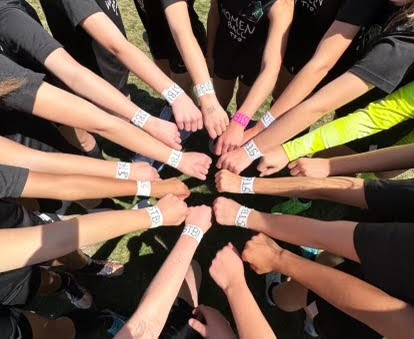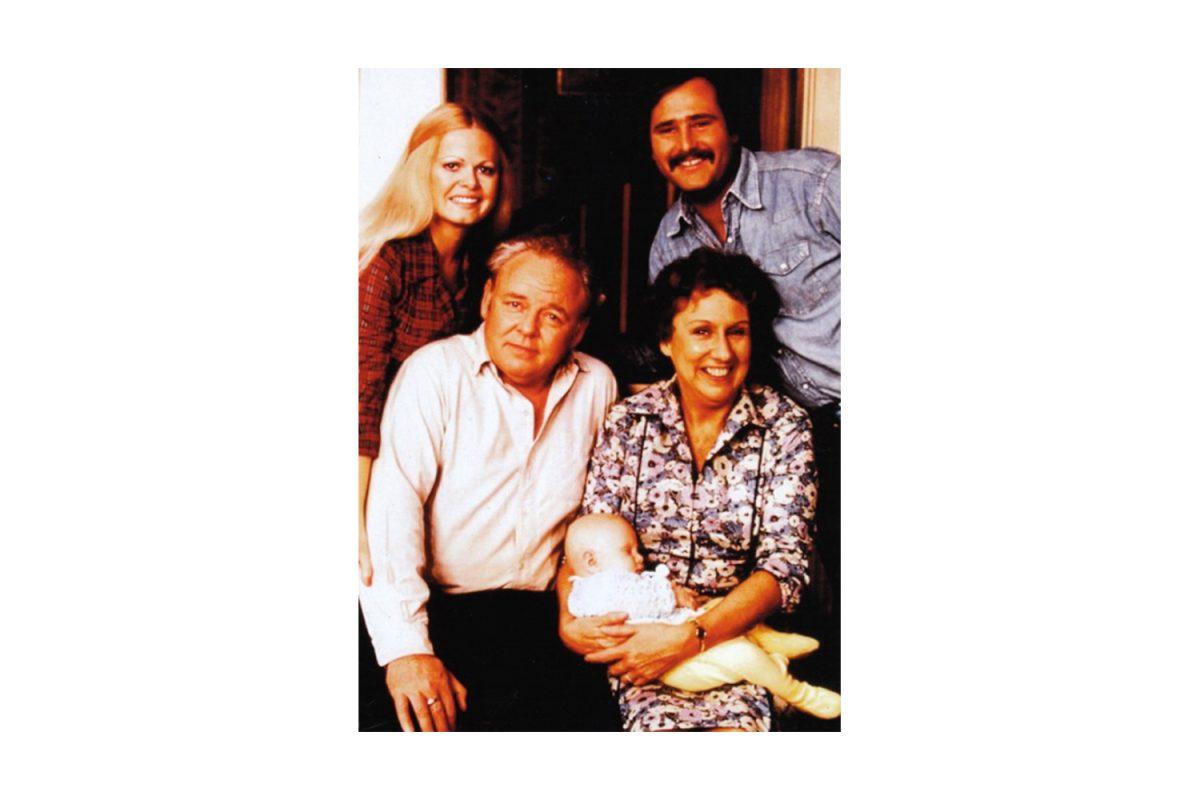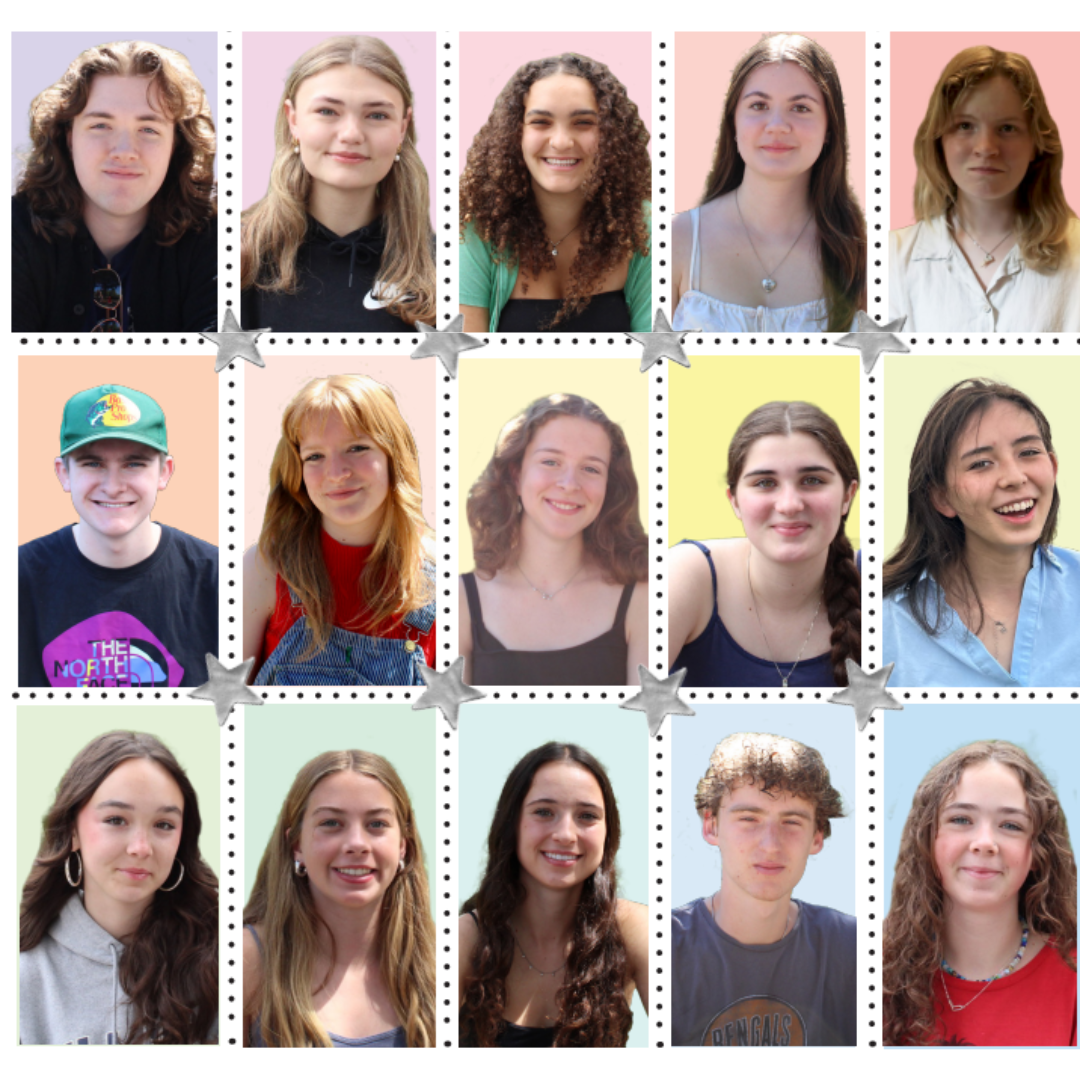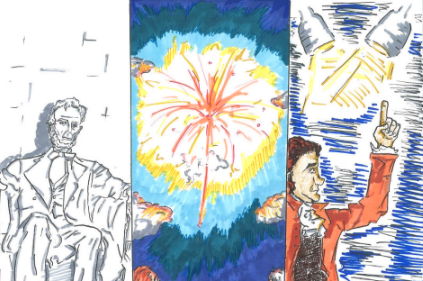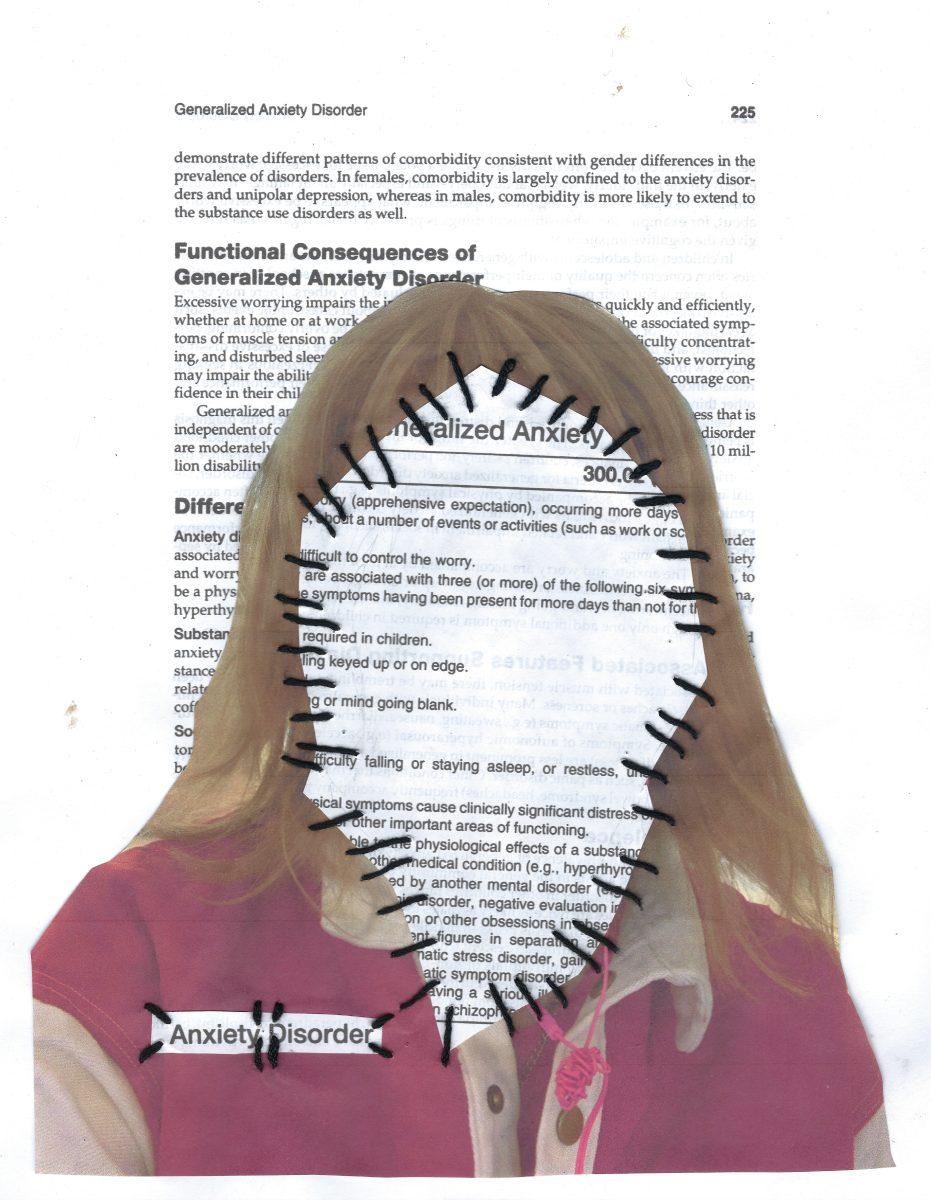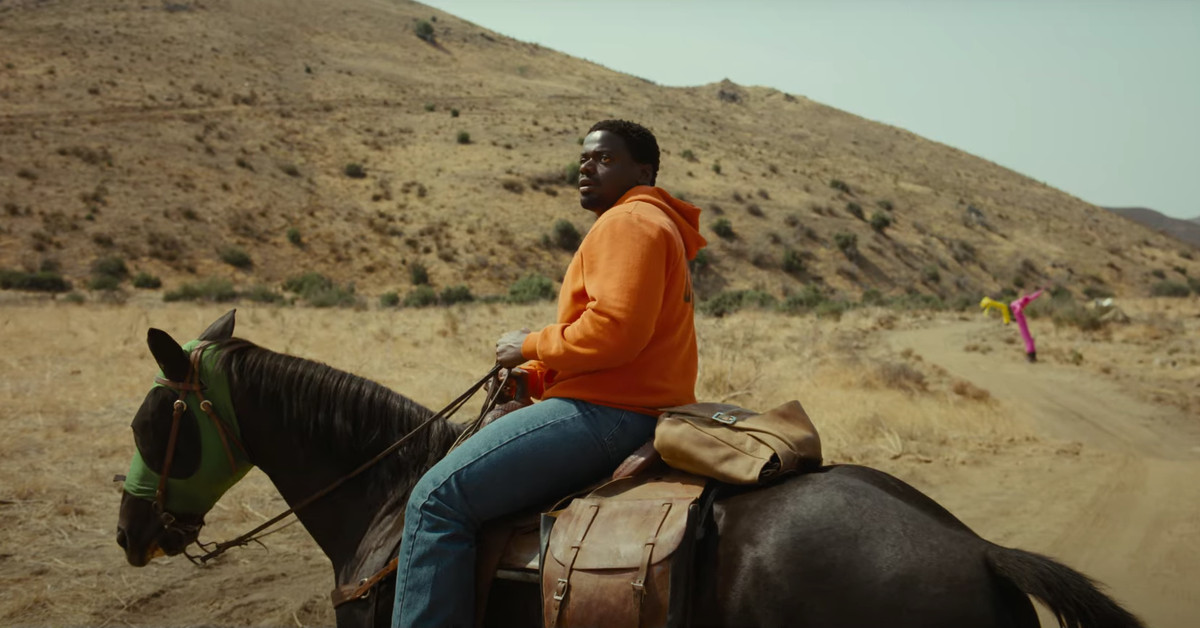The Low End Theory – A Tribe Called Quest
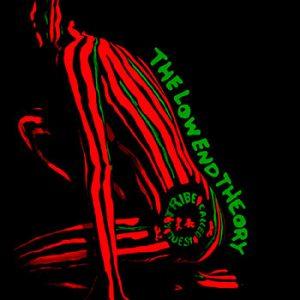 As a young student of hip-hop, 90s rap group A Tribe Called Quest taught me about the coexistence between music’s past and present. The immense beauty of Tribe’s booming drums, smooth melodies and jubilant voices seeped into my impressionable mind and crafted my love of jazz and soul.
As a young student of hip-hop, 90s rap group A Tribe Called Quest taught me about the coexistence between music’s past and present. The immense beauty of Tribe’s booming drums, smooth melodies and jubilant voices seeped into my impressionable mind and crafted my love of jazz and soul.
On “Excursions,” the opening track of “The Low End Theory,” producer and MC Q-Tip’s vocals glide across the beat, riding the classic bassline, sampled from Art Blakey and The Jazz Messengers’ “A Chant for Bu.” The track is a joyous example of the record’s magic. It reflects how the evolution of music, from one decade to the next, draws from the sounds of the past.
“The Low End Theory” expanded my musical vocabulary, its samples exposing me to iconic jazz and funk artists like Ron Carter and George Clinton. Tribe went back and resurfaced old sounds into music with modern vibrance. As the centerpiece to their triptych of masterworks, “The Low End Theory” stands out as Tribe’s most defining project.
30 years after its release, the album continues to get better with time. “The Low End Theory,” a masterful piece of art, is a rich cornucopia of musical delights and a lyrical time capsule.
~Kian Doughty
Loveless – My Bloody Valentine
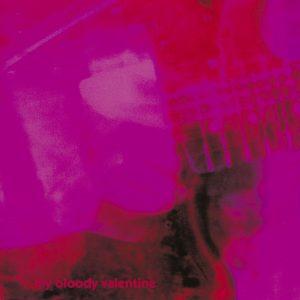 My 14-year-old self sat on my friend’s bedroom floor as “Loveless,” this tranquil, visceral soup of distortion overwhelmed me. I was instantly enchanted by lilting voices dancing with screeching chords, soaking in layers of sound pummeling my eardrums.
My 14-year-old self sat on my friend’s bedroom floor as “Loveless,” this tranquil, visceral soup of distortion overwhelmed me. I was instantly enchanted by lilting voices dancing with screeching chords, soaking in layers of sound pummeling my eardrums.
My Bloody Valentine (MVB) was my first shoegaze rodeo, a genre defined by it’s copious guitar pedal use. Early shoegaze drums are reserved, emphasizing that distinct, distorted guitar tone. Instead, “Loveless” melds MBV’s unique sound with pounding rock beats, an extra layer that makes the album all the more interesting. As a drummer, hearing songs like “Only Shallow,” I had to play those classic rock rhythms. Rolling tom fills, many of which I use with my band, flawlessly disrupt the monotony. Adding that powerful element to their dense tremolo sets MBV apart from other bands, heralding in a new type of shoegaze.
Although I fell in love with “Loveless” the moment I listened, it wasn’t an instant hit, released under the shadow of Nirvana’s “Nevermind” and the grunge movement. But to me, nothing will ever influence indie rock, and my drumming style, like the intense, swirling brilliance of MBV’s “Loveless.”
~Julian Balsley
Nevermind – Nirvana
 In my mind, grunge is a barrage of reverb-infused, ear-piercing guitar riffs and greasy-haired singers whose vocals emerge from clouds of cigarette smoke. An image almost entirely rooted in one person: Nirvana’s Kurt Cobain. I reminisce about the nights my friends and I would try to replicate the grunge persona. We covered songs from “Nevermind,” but never achieved their musical heights, naively striving for it.
In my mind, grunge is a barrage of reverb-infused, ear-piercing guitar riffs and greasy-haired singers whose vocals emerge from clouds of cigarette smoke. An image almost entirely rooted in one person: Nirvana’s Kurt Cobain. I reminisce about the nights my friends and I would try to replicate the grunge persona. We covered songs from “Nevermind,” but never achieved their musical heights, naively striving for it.
When I first listened to “Nevermind,” I was driving through the rainy streets of Portland, illuminated by the moon and surrounding headlights with the album buzzing through my admittedly shitty speakers. There’s no better song to encapsulate the disorienting mania of the definitive grunge album than track seven, “Territorial Pissings.” I sped down César E. Chávez Boulevard spewing an insane cacophony of snares, distortion and catharsis out of the open windows.
As the musical soundscape of “Nevermind” engulfed me, I understood why the album garnered so much praise. Nirvana’s careless attitude, emotional potency and genre-bending sound are why “Nevermind” remains a best-selling album. Despite Nirvana never releasing an album in my lifetime, the sheer relatability of the music will forever keep the band alive in my earbuds and my heart.
~Seth Kaliszewski ♦






